Pesche. Church of San Michele Arcangelo
2025
The church has two naves and a rectangular plan, the perimeter wall is made of stone and is plastered. The entrance to the church is from an external staircase that leads to a loggia.
You may also like
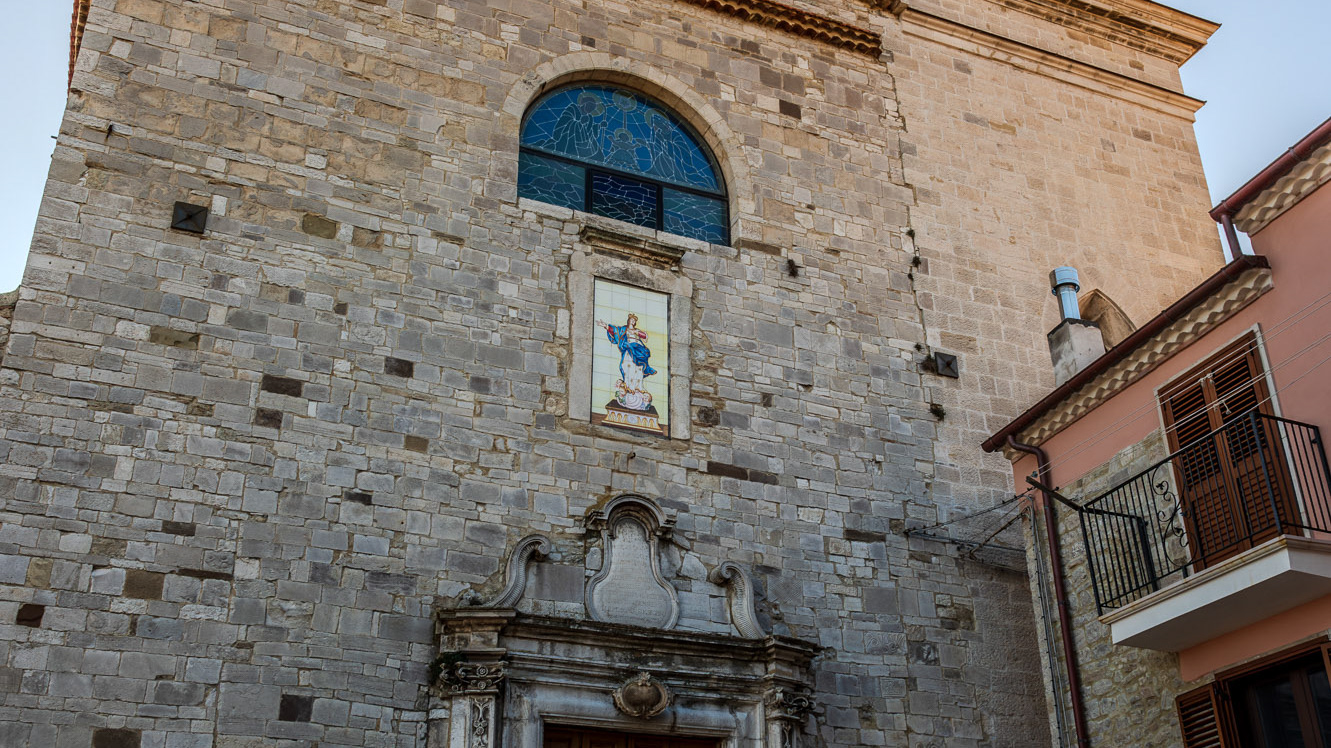
2025
Guardialfiera. Ancient Cathedral of Santa Maria Assunta
The ancient parish church of Guardialfiera, whose origins date back to the 11th century, is located at the top of the town. Romanesque and Gothic elements adorn the external walls
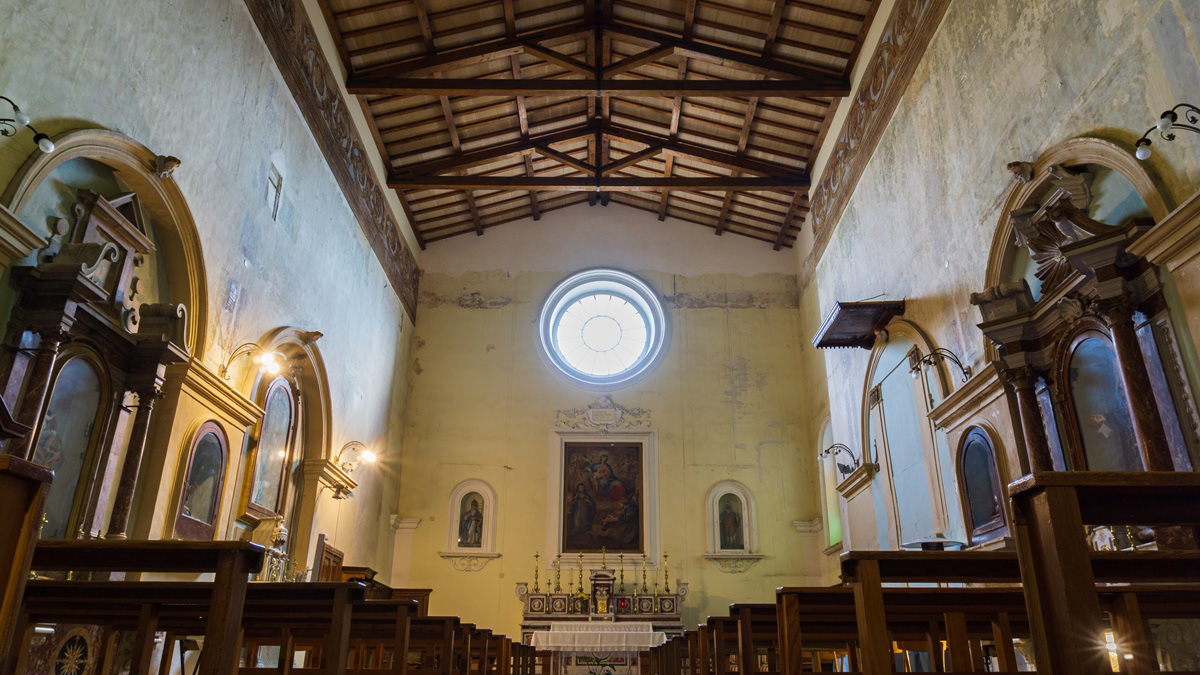
2018
Isernia - Chiesa di Santa Chiara
La chiesa di Santa Chiara, insieme al monastero omonimo, è stata fondata nel 1275. Allo stato attuale, però, non esistono più tracce dell'edificio originario. Nel 1809 il monastero fu soppresso, mentre verso la fine del secolo un terremoto danneggiò seriamente la chiesa, che per questo fu chiusa al culto; la riapertura avvenne il 10 ottobre 1910. Durante la Prima guerra mondiale, l'ex edificio monasteriale servì da alloggio a prigionieri austriaci e ungheresi. La chiesa custodisce la statua dell'Addolorata che, durante la processione del Venerdì Santo, viene trasportata dai portantini subito dietro a quella del Cristo morto.
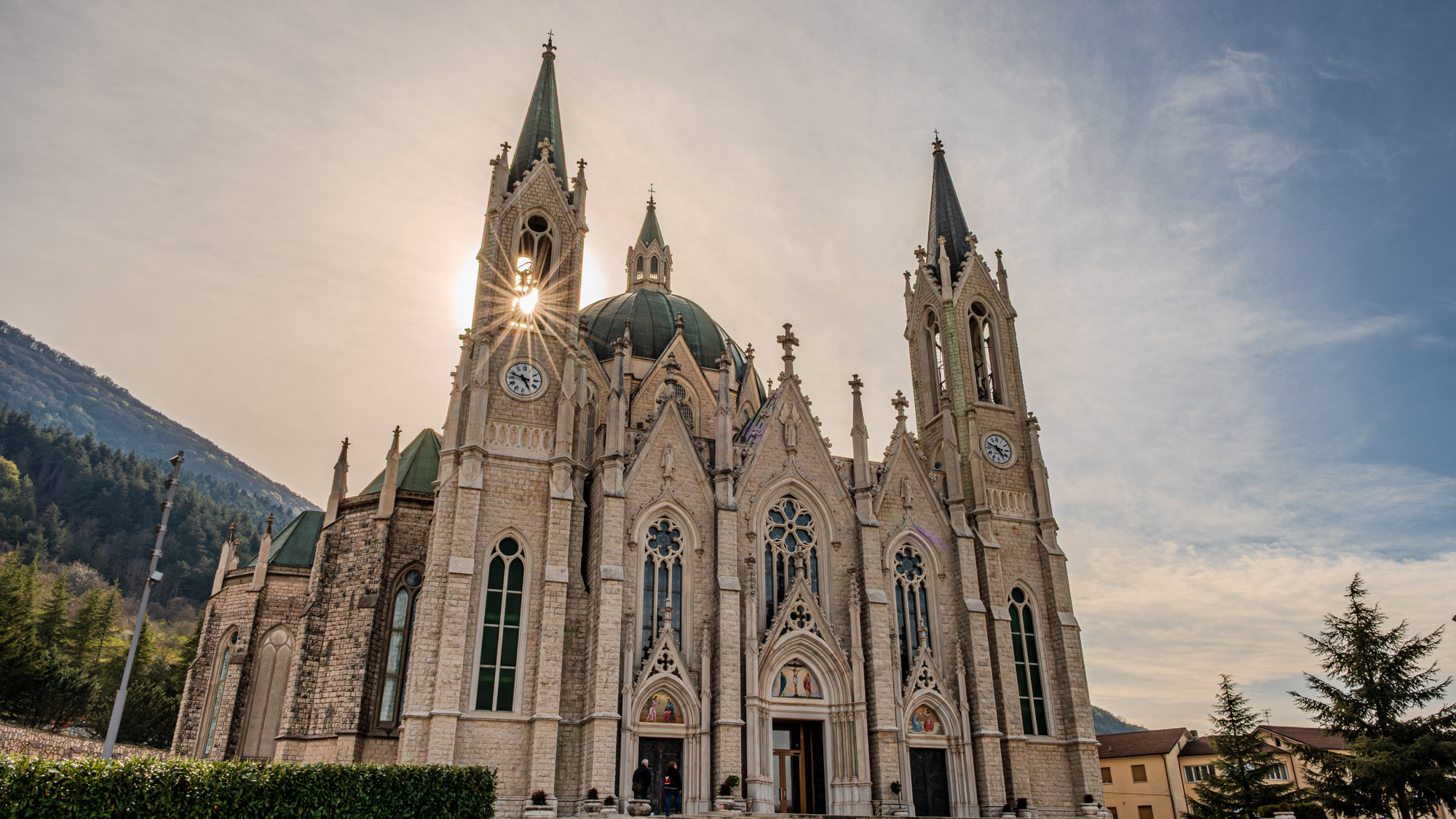
2025
Castelpetroso. Sanctuary of the Madonna Addolorata
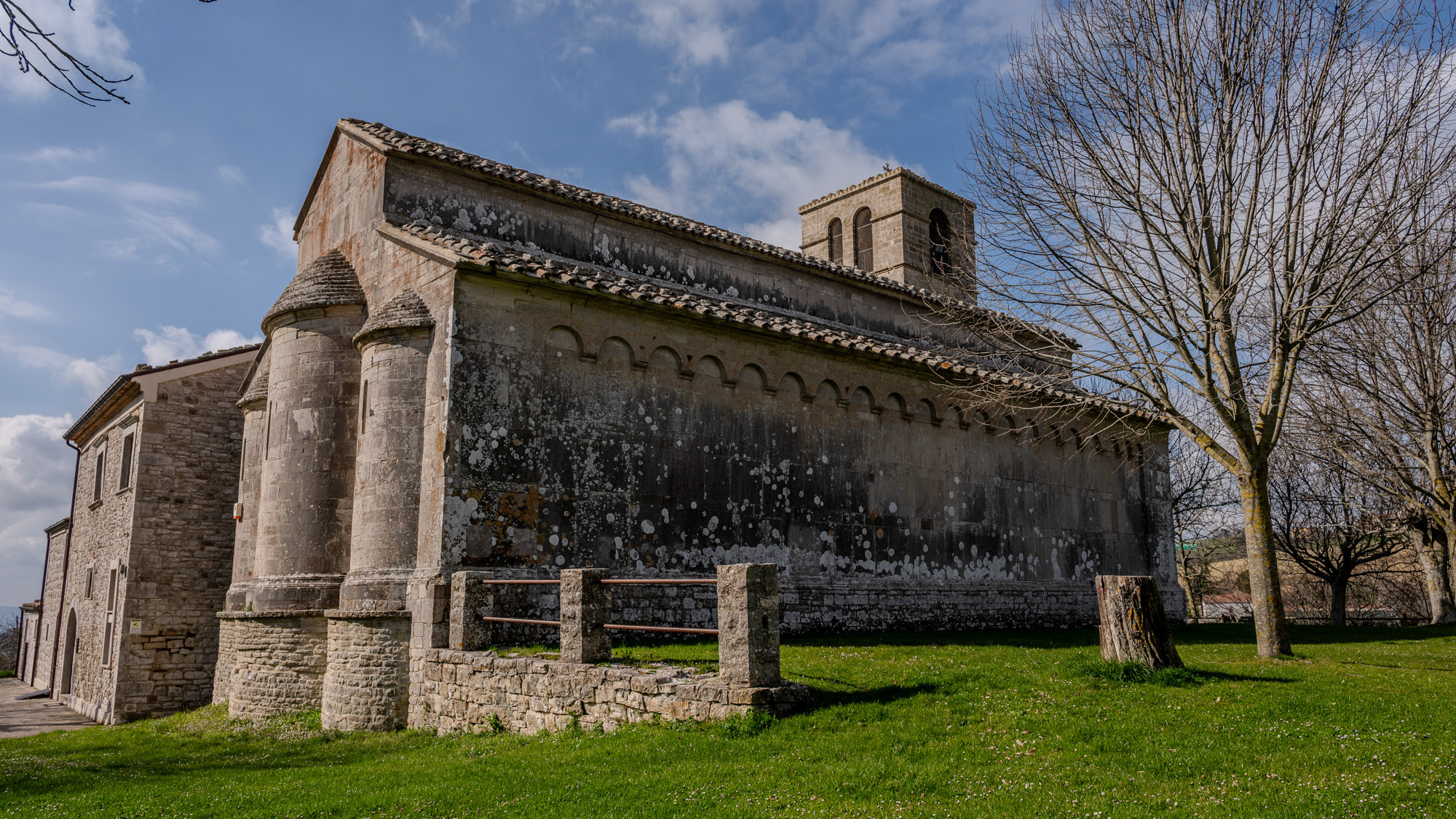
2024
Matrice. Chiesa di Santa Maria della Strada
Nostra Signora della Via (Italian: Santa Maria della Strada) is an abbey in the municipality of Matrice, Campobasso. The date of construction of the abbey is not known, but it was consecrated in August 1148 by Peter II, archbishop of Benevento. In 1153 it appears in a list of churches and monasteries under the jurisdiction of Peter II drawn up for Pope Anastasius IV. The first abbot may have been called Landulfus, as "Abbas Landulfus" was engraved on a paving stone inside the church. Nazzarius is named abbot in a document from 1176. His foundation has historically been linked to the monastery of Santa Sofia of Benevento, but there is no evidence to support this claim. It is possible that the great abbey of Montecassino was involved, but the fact that the abbey is not listed as a subject house in medieval documents casts doubt on this claim. The eponymous Santa Maria de Strata appears in a register of the Abbey's possessions, but is believed to refer to a separate monastery in the vicinity of San Germano.
2021
Isernia, the Cathedral
The cathedral of San Pietro Apostolo is the most important Catholic church in the city of Isernia, mother church of the diocese of Isernia-Venafro and seat of the parish of the same name. It is located in Piazza Andrea d'Isernia, in the historic center of the city and stands on an ancient Italic pagan temple from the 3rd century BC; its present appearance is the result of numerous interventions, carried out both after the numerous earthquakes, and as a result of renovation projects of the building.
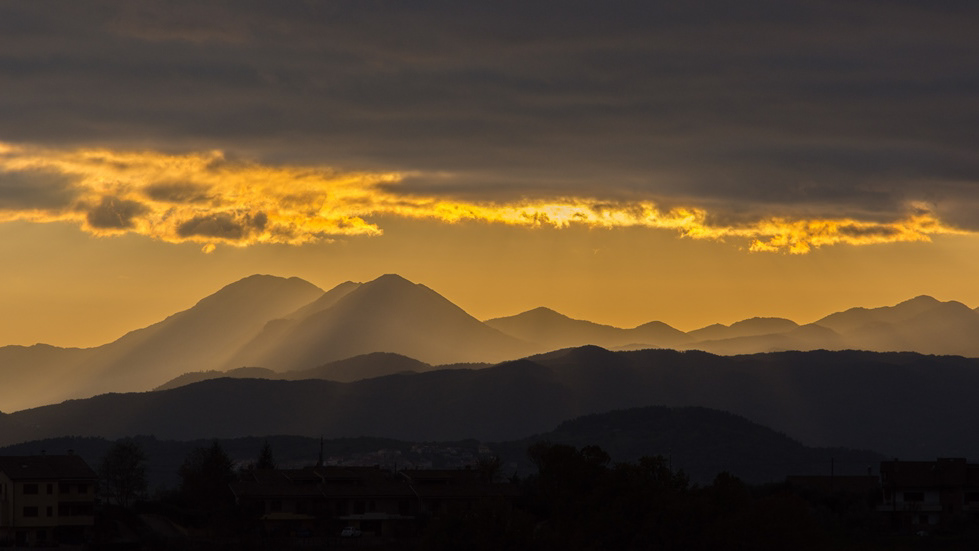
2018
Tramonti molisani
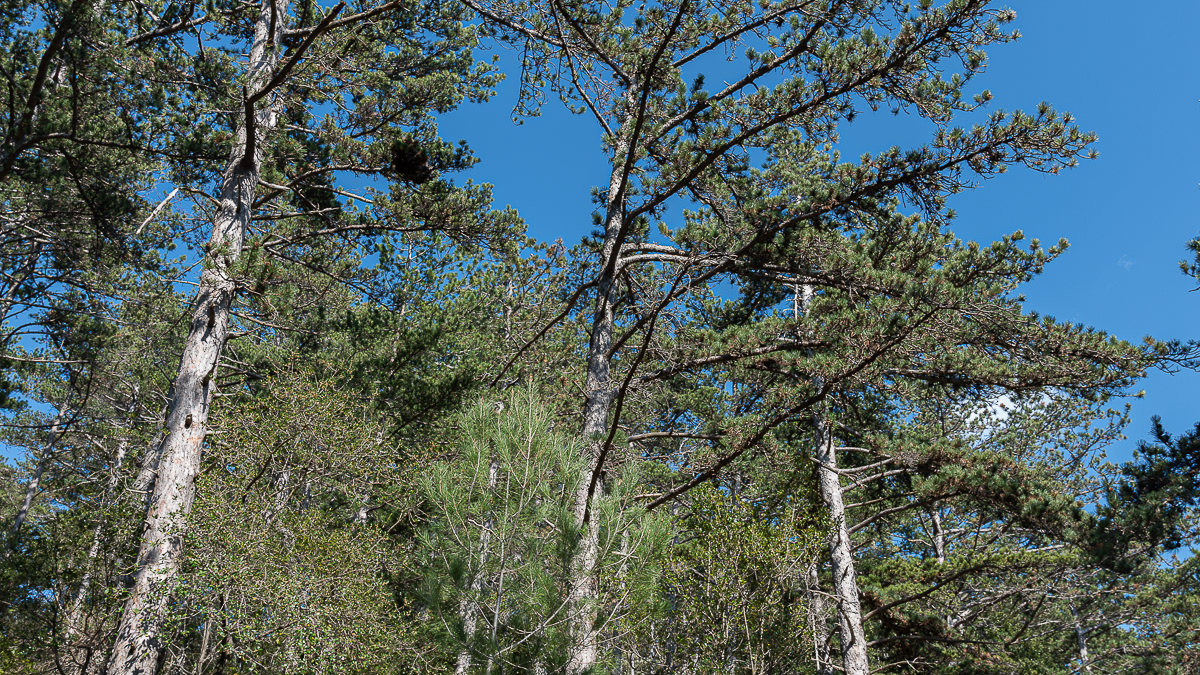
2021
Isernia, the pine forest
2022
Molise, Italy. Spectacular autumn panorama.
Molise is an Italian region with a stretch of coast overlooking the Adriatic Sea. It includes a part of the Abruzzo National Park in the Appennine mountain range, with a rich wildlife and trails.
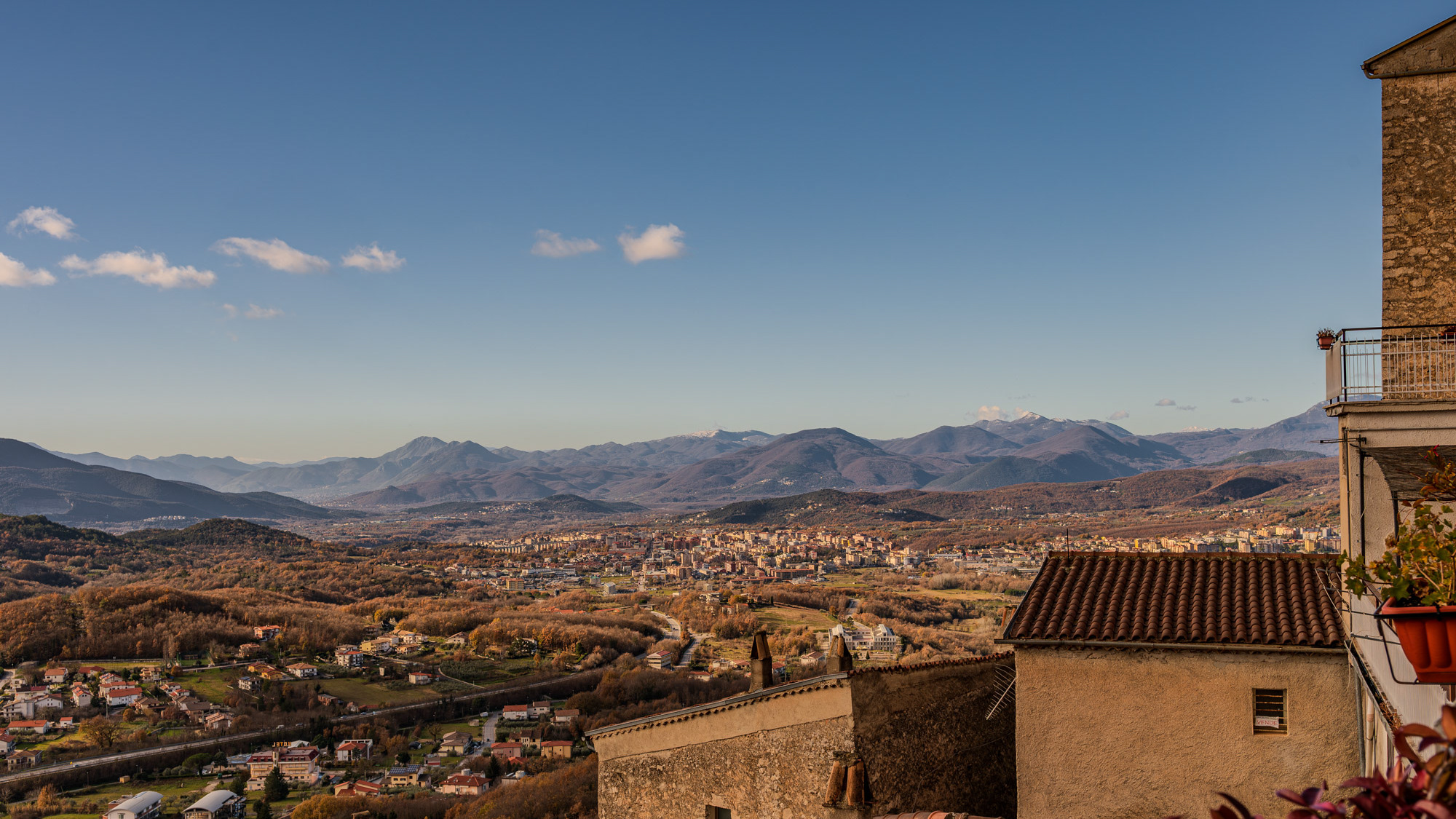
2025
Isernia. View from Pesche
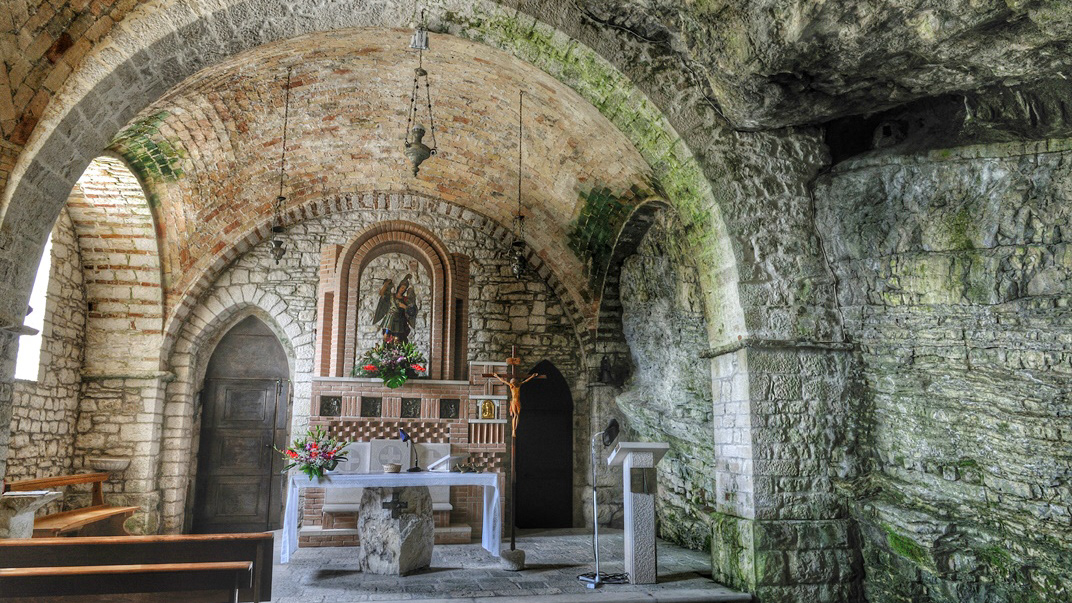
2018
Molise - S. Angelo in Grotte (IS)
